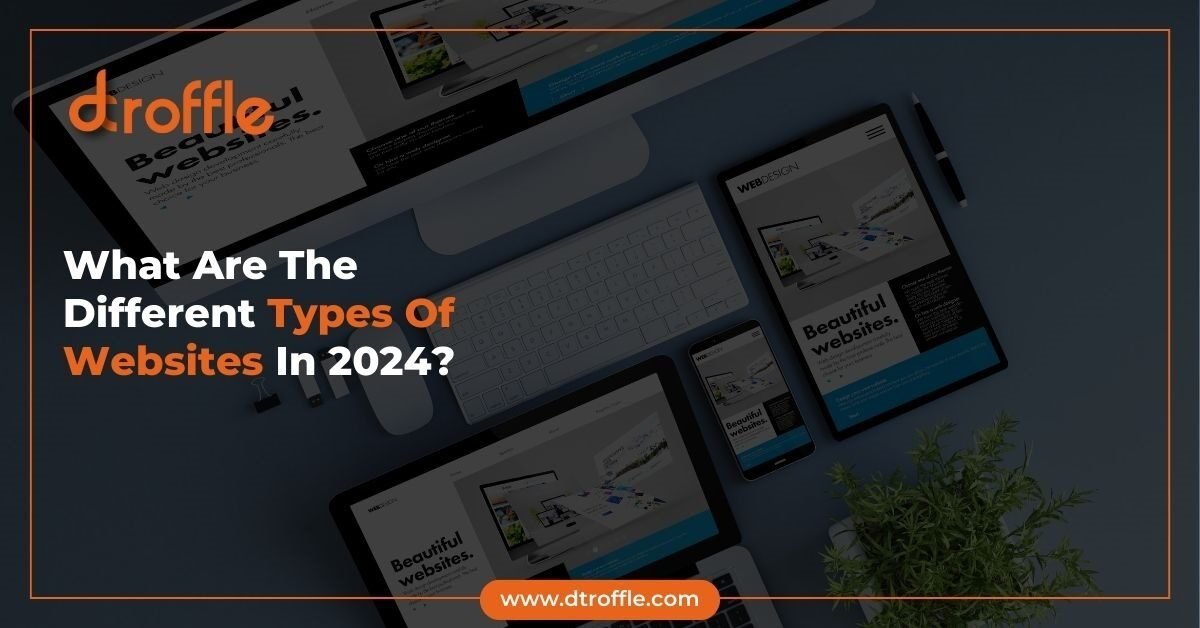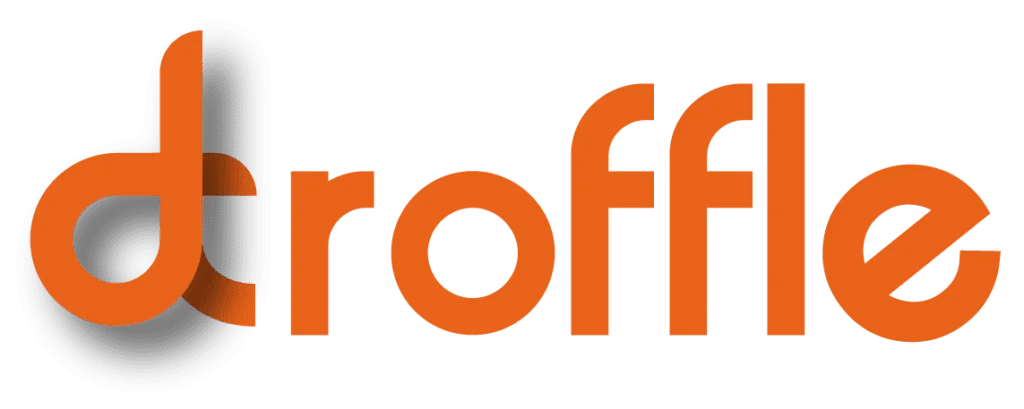In 2024, the digital landscape continues to evolve, bringing a variety of website types to meet diverse needs and purposes. Understanding the different types of websites can help businesses and individuals choose the most suitable option for their goals. Whether you’re looking to build a new site or update an existing one, Dtroffle can offer valuable insights and expertise in selecting the right type of website for your needs. Here’s a look at the main types of websites in 2024:
1. E-Commerce Websites
Overview: E-commerce websites are designed for online selling and buying. They allow businesses to showcase their products or services, process transactions, and manage inventory online. These websites often include features like shopping carts, product pages, and secure payment gateways.
Key Features:
- Product catalog and search functionality
- Shopping cart and checkout process
- Payment integration
- Customer accounts and order tracking
Best For: Retailers, manufacturers, and businesses looking to sell products or services directly online.
2. Content Management System (CMS) Websites
Overview: CMS websites use platforms like WordPress, Shopify, Wix, or Webflow to allow users to manage and update website content without extensive technical knowledge. They offer flexibility and ease of use for content creation and management.
Key Features:
- User-friendly content editing tools
- Customizable themes and plugins
- Built-in SEO tools
- Scalability and flexibility
Best For Bloggers, small businesses, and organizations that need an easily manageable and updatable website.
3. Corporate Websites
Overview: Corporate websites represent a company’s brand and provide information about its products, services, and corporate identity. They often include company history, team profiles, and contact information.
Key Features:
- Company overview and mission
- Product or service information
- Team and leadership profiles
- Contact and inquiry forms
Best For: Large businesses, corporations, and organizations looking to establish an online presence and provide detailed company information.
4. Portfolio Websites
Overview: Portfolio websites are used by individuals or businesses to showcase their work or projects. They are popular among creative professionals like artists, photographers, designers, and writers to display their skills and achievements.
Key Features:
- Gallery of project showcase
- Case studies or project descriptions
- Client testimonials
- Contact information
Best For Freelancers, creative professionals, and agencies wanting to display their work and attract potential clients.
5. Blog Websites
Overview: Blog websites are focused on publishing articles, news, or personal opinions on various topics. They allow regular updates and engagement with readers through comments and social media sharing.
Key Features:
- Blog post categories and tags
- Comment sections and social sharing buttons
- RSS feeds
- Search functionality
Best For: Writers, journalists, and individuals or businesses looking to share insights, news, or personal experiences.
6. Educational Websites
Overview: Educational websites provide information and resources related to learning and education. They may include online courses, tutorials, and educational resources, often incorporating interactive elements.
Key Features:
- Course catalogs and enrollment options
- Interactive quizzes and assignments
- Learning management systems (LMS)
- Educational resources and materials
Best For: Educational institutions, e-learning platforms, and individuals or organizations offering training and educational content.
7. Nonprofit Websites
Overview: Nonprofit websites are designed to promote and support charitable organizations and causes. They often focus on raising awareness, soliciting donations, and engaging with supporters.
Key Features:
- Donation forms and fundraising tools
- Volunteer and event information
- Mission statement and impact stories
- Contact and support information
Best For Charities, non-profit organizations, and community groups looking to engage supporters and raise funds.
8. Landing Pages
Overview: Landing pages are single-page websites designed to achieve specific marketing objectives, such as capturing leads or promoting a product or service. They are often used in conjunction with digital marketing campaigns.
Key Features:
- Focused call-to-action (CTA)
- Minimal distractions and concise messaging
- Lead capture forms
- Tracking and analytics
Best For Businesses running marketing campaigns, promotions, or product launches seeking to drive specific actions from visitors.
9. Membership Websites
Overview: Membership websites offer exclusive content or services to users who pay a subscription fee or meet specific criteria. They are often used for delivering premium content, community engagement, or specialized services.
Key Features:
- Subscription management and payment integration
- Member-only content or resources
- Community forums or groups
- Member profiles and access control
Best For Content creators, organizations, and businesses offering exclusive content or services to members.
10. Hybrid Websites
Overview: Hybrid websites combine elements from various website types to meet specific needs. For example, a hybrid site might integrate e-commerce functionality with a blog or a corporate site with a portfolio section.
Key Features:
- Customizable features based on needs
- Integration of multiple functionalities
- Flexible design and layout options
- Adaptability for various purposes
Best For Businesses or individuals with unique requirements that need a combination of website types.
Conclusion
Understanding the different types of websites available in 2024 can help you choose the right type for your needs and goals. Whether you’re looking to establish an online store, showcase a portfolio, or create a blog, selecting the right website type is crucial for achieving your objectives. For personalized advice and expert design and development, partnering with a Website Designing Company In Agra can provide the support you need to create a successful online presence.









